Segovia was truly an idyllic Spanish city. This was how I pictured Old World Spain with winding, narrow cobblestone streets and marvelous architecture.
We knew we had to visit this walled city with numerous cathedrals, a large Roman aqueduct and a palace on a hill and it was an easy train ride and day trip from the capital city of Madrid. These are the things to do in Segovia on a day trip from Madrid.
Getting There
We took the high-speed AVE train from Madrid’s Chamartin metro station and bought our tickets there on the day of travel since we weren’t sure about our schedule. There were limited train schedules for the return trip to Madrid.
The schedule we initially wanted to return was at 4:30 PM but that was sold out. So, if you have a set schedule, it is best to reserve ahead of time and buy your tickets online here. Choose Segovia AV as the destination. Click on the Welcome at the top along with other languages for the English version.
The platform was a bit challenging to find. The signs weren’t that clear. We had to go outside of the station through a door with no clear signage, up an escalator to find the platforms for the Renfe/AVE trains.
The train was clean, spacious and had assigned seating. The train ride took 30 minutes for 54 miles (90 km). There was some scenery but the train mostly went through tunnels.
It stopped at Segovia station (Segovia Guiomar) which was in the middle of nowhere surrounded by open fields. It was a small station with an on-site restaurant. When we got out, there were a couple of buses waiting to take us into town.
We paid the driver as we entered the bus which was less than a euro. The bus driver didn’t speak English but we understood enough Spanish when he asked how old our (then 4 year old) son was and he didn’t charge him.
The bus ride took about 10-15 minutes directly to the center of Segovia right by the aqueduct. Be sure to determine when the return bus goes back to the train station. There was a schedule posting on the bus stop.
Allow for plenty of time in case the bus is overcrowded. Our bus was so overcrowded going back to the station that people were standing and we were all packed like sardines.
Things to do in Segovia
Entering the town through the aqueduct, the visitor’s center was on the right side which opened at 9 AM. The staff was helpful and spoke English to help plan tours. They had a town map but there were no English versions. The restrooms were clean and they had a few souvenir items for sale.
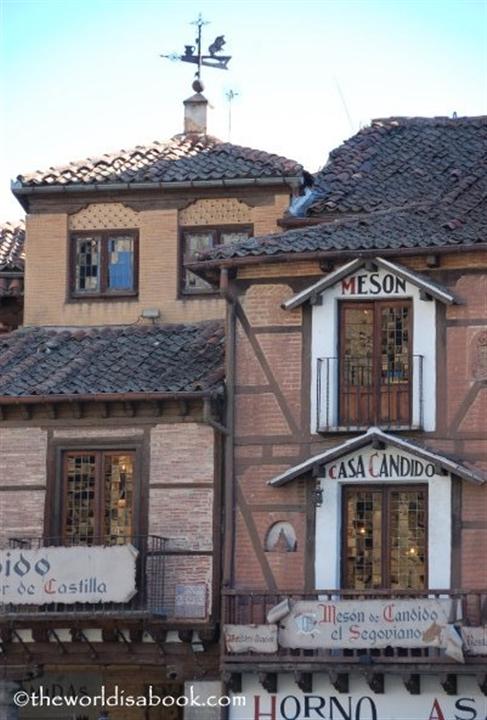
It was a compact enough town to explore and would be hard to get lost in. For the most part, we followed the crowds through the winding roads and it led us to Plaza Mayor and the Alcazar Castle.
The cobblestone roads leading to the Alcazar Castle are narrow with barely any sidewalks. We were there on a Friday in October so I can imagine this could get very crowded on a summer weekend.
Pedestrians have to share these narrow streets with cars and scooters. It was a little unnerving with these streets the size of an alley having cars and scooters speed by us.
The Roman Aqueduct
This iconic symbol of Segovia was completed around the early 2nd century and was built to carry the water from the Frio River (10 miles away) into the city. It was truly impressive as it formed a sort of entry way into the city and also served as an enclosure. It has been labeled as “the most impressive Roman structure in Spain”.
The aqueduct has 166 arches, 120 pillars and is 92 feet at its maximum height. The whole structure was erected without the use of mortar, clamps or cement to hold the granite blocks together. It was a civil engineering marvel of its time.
We decided to go up the stairs next to the tourist office by the city walls. It was a fairly easy climb for the kids and we were rewarded with close-up views of the arches and the details of the structure.
The very top of the staircase led us to the walls with a great view overlooking the aqueduct. The stairway provided different vantage points of the aqueduct including where the water passed. It was amazing to see how well preserved this almost 2,000 year old monument was.
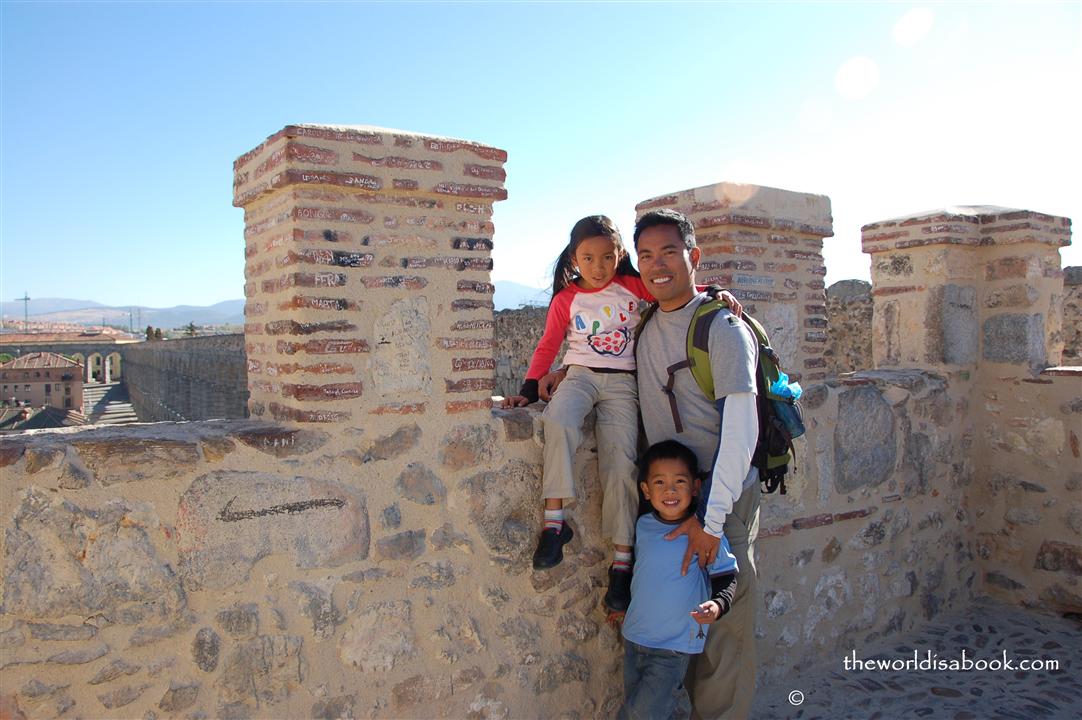
The Segovia Cathedral
The Segovia Cathedral was adjacent to the Plaza Mayor. It was just absolutely gorgeous with its golden exterior and spires. Entrance was not free and no picture taking was allowed inside.
It almost took up one whole side of the main square. It truly was a sight to behold and added that uniqueness to this city.
It was dedicated to the Virgin Mary and was often called Las Dama de Las Catedrales or the Dame of Spanish Cathedrals. It was completed in 1768 and was the last Gothic cathedral built in Spain. This majestic architecture almost shimmered with the sun rays.
We did not go inside and bypassed it on the way to the castle despite my love for European cathedrals. The kids were anxious to go to the castle but I’m sure we missed something beautiful in here along with its 20 chapels.
Plaza Mayor
Segovia’s small square has plenty of restaurants with outdoor seating areas with expensive menus to match. There was a circular, covered structure with a stage in the middle of the plaza.
There were also some souvenir and specialty shops around the square. The plaza was a nice place to sit, relax and people watch like many of the main squares in European towns.
The Alcazar of Segovia
This majestic palace was one of the reasons we wanted to day trip to Segovia from Madrid. It looked like it came straight out of a fairy tale book and was just breathtaking.
This palace had a drawbridge, a moat and a tower – major wish lists for castle sightseeing with kids. It was a magical place brought to life for our little princess and knight.
The Alcazar (Arabic word for royal residence) was originally built in the 12th century by King Alfonso VIII on an old fortress site. It was prominently perched on top of a huge bedrock.
It served as a residence for many Spanish royalties who added their personal touches to the castle construction over the years. King Ferdinand and Queen Isabella (the same ones who authorized Columbus’ expedition) were married here.
It was a military academy until the mid-20th century. It is now largely used as a museum. Most of the structure was destroyed by fire in 1862 but was rebuilt 20 years later.
We bought our tickets in a building to the side of the palace to tour the castle’s interior. Guidebooks were also available for purchase.
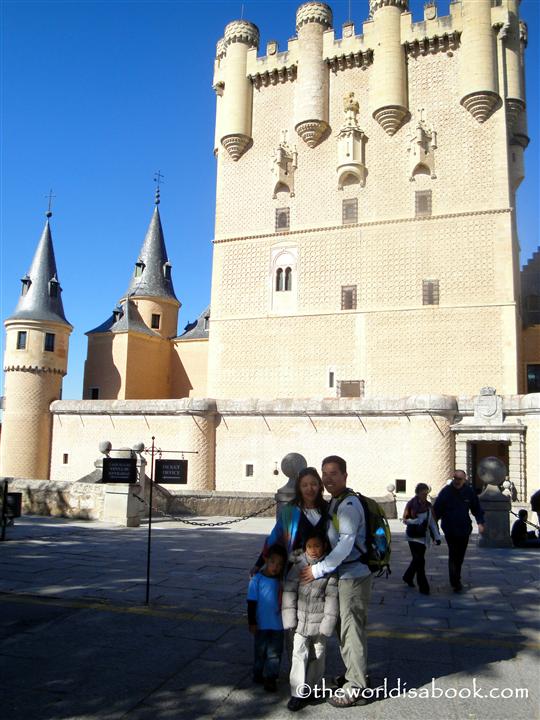
We went in through the drawbridge and when we looked down saw what used to be a defensive moat. It felt like stepping into a story book once we stepped into the drawbridge.
Although, there was not much water in it now. In contrast to Madrid’s Royal Palace, we were allowed to take as many pictures as we wanted.

The highlight for my kids was the room full of armory including a knight on a horse in full regalia. Interestingly, the horses also had their own armor. The kids picked their favorite knights to pose with and ran excitedly from one to the other.
There was another armory room with armors, weapons, cannons, swords and shields on another part of the palace as well. Their only rule was no touching.
We didn’t do a tour and just wandered around the castle. The Hall of Monarchs is a long room with 52 beautifully carved gilded portraits of Spanish kings and queens towards the ceiling.
The ceiling was dazzling in a pattern of gold hexagons. It totally added to the ambience of the castle. It was amazing and totally worth the neck strain.
The throne room was not as opulent as I expected and was such a contrast to Madrid’s Royal Palace throne room. The thrones were a bit simple and the cushions didn’t look very comfortable for sitting there for long periods of time.
The highlight here was definitely the ceiling. The ceiling, with hints of gold and red was very impressive with intricate workmanship. It was definitely worth the neck strain.
Tucked away was the palace chapel with an extraordinary gold altar piece covering almost the entire wall with the Virgin Mary statue in the middle. We even visited a princess’ (or maybe it was the queen’s) bedroom with its canopied bed decorated in red and gold velvety fabric much to my daughter’s delight.
It wasn’t as fancy as we expected or as ornately decorated but had some wonderful tapestries on the wall. Surprisingly, the bed was a little small for royalty too.
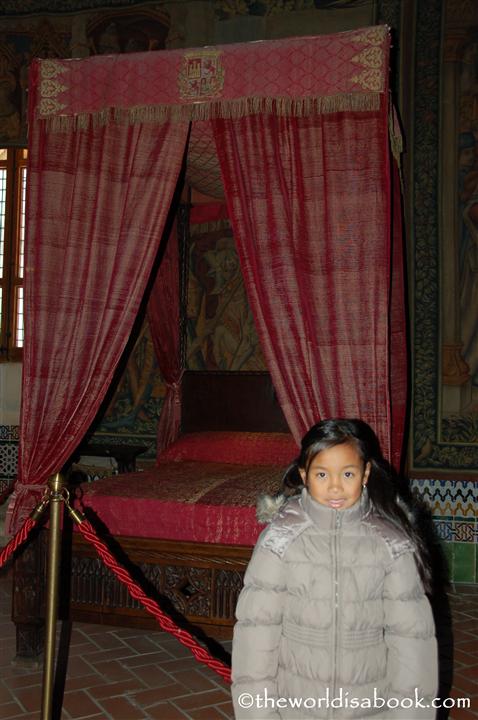
There was also a courtyard in the middle of the castle with ivy clinging to some areas of the walls, a fountain and plenty of seating areas. I can imagine many of the royals enjoying a nice evening watching the stars here. On the other hand, my kids were happy they found a place to play tag.

Many of the windows offered grand views of the surrounding hills and countryside. How wonderful it must be for the townspeople to wake up everyday and see this magnificent castle outside your window.
Looking down we also saw a maze on the side area. What wonderful entertainment for the royal children.
The maze looked amazing and was perfectly groomed. We didn’t get the chance to go down to the maze and I don’t know if it was open to the public.
Where to Eat in Segovia
We arrived in Segovia early in the morning when nothing was open yet. We found a little coffee shop next to Horno del Asar right by the aqueduct where we had more churro con chocolate.
It was also a little chilly in Segovia at that time so it was a perfect place to stay warm with the hot melting chocolate. One cannot go wrong with churro con chocolate in Spain.
My husband was determined to eat the cochinillo asado (roasted suckling pig) since this was Segovia’s signature dish. Walking around the town, you could smell its aroma and see some displays on restaurant windows.
We didn’t really have any restaurants in mind so we wandered around near Plaza Mayor into one of the streets and found a restaurant called Meson Restaurante Casa Vicente.

They had some Menu del Dia Especial with a three-course meal, house wine, mineral water as well as a children’s menu. We chose from three first course options, two from the second course and two from their dessert list.
My husband had a portion of the suckling pig for his main course and I had a roasted chicken. I think it was the image of the little pigs hanging that turned me against the suckling pig. Our desserts were delicious flan (house egg custard). My husband thoroughly enjoyed his dish and liked the crispiness of the skin and was juicy and delicious.
The menu del dia ranged in prices from 13-15 euro which seemed pretty reasonable considering all the things it came with. The restaurant was clean and service was great. It was a multi-story building and restrooms were on the upper floor which were also clean. It felt very comfortable and homey.
Shopping in Segovia
Siesta time was actually observed between 2-4 PM in Segovia so this would be a good time to sightsee. There were many souvenir shops, boutiques around town that can keep any shopaholic busy.
There were some clothing stores here we didn’t see in Madrid. Sfera Kids which is an offshoot of the Spanish brand was a great store with a lot of varied items and had a great sale. We didn’t see these low prices (even with the high Euro rate) in Spain’s major department store, El Corte Ingles, which carried this brand.
All around town were vendors selling some pottery in different sizes and shapes with ‘Estuve en Segovia y me acordé de ti’ (‘I was in Segovia, and I thought of you’) phrase on them and the Roman aqueduct design. They were inexpensive with the smallest ones for a couple of Euros and it was too bad I couldn’t get the big ones.
I fell in love with this city and would love to return. Segovia was so magical with plenty of history and many well-preserved buildings and monuments.
It was no surprise for it to be declared one of UNESCO’s World Heritage sites. It was very well worth the day trip from Madrid and a definite must-see in Spain. I wish we had more time to have spent the night here and seen its nightlife. We’ll be back, Segovia!
Tips for Visiting Segovia
- Wear comfortable shoes. You will be doing a lot of walking through its narrow streets.
- Allot a whole day to spend in Segovia. There were so many things to explore here and with kids in tow, it helps to take your time to explore the town.
*Have you visited Segovia?
Pin it for later!
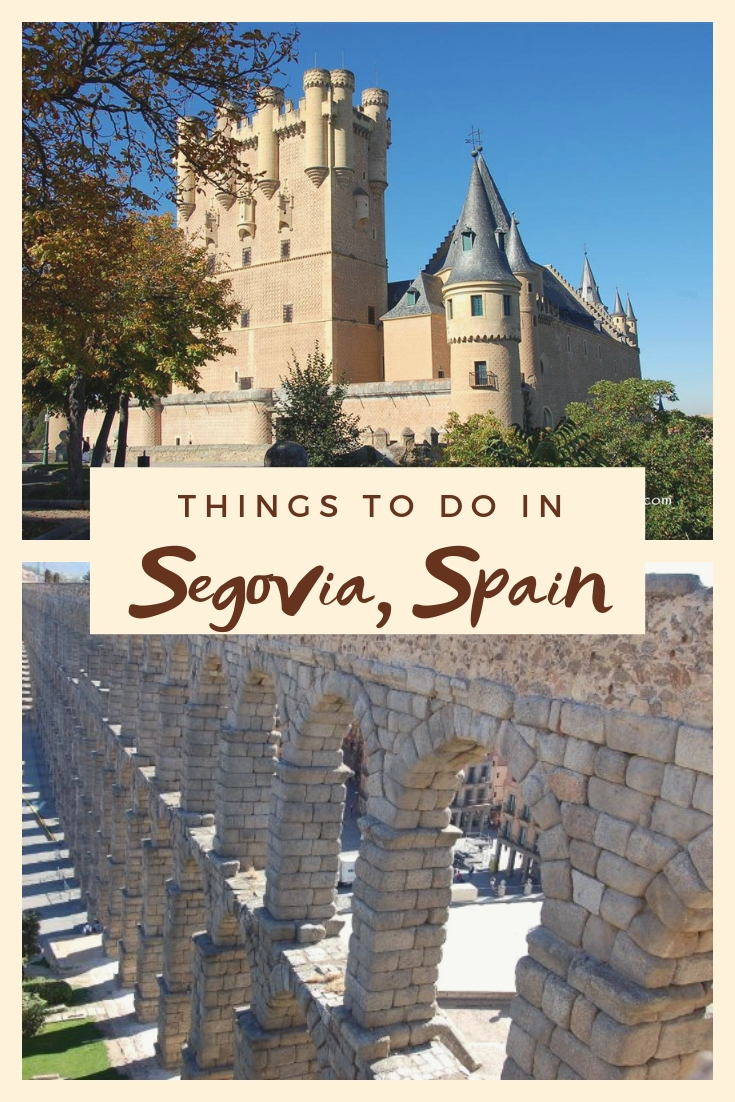
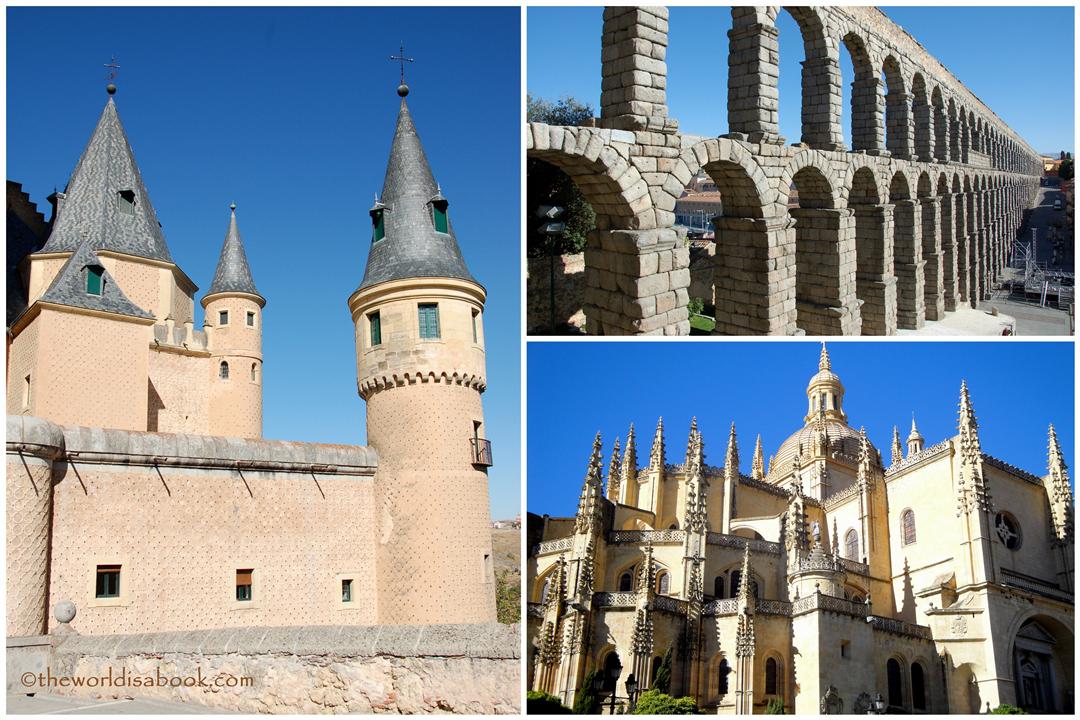
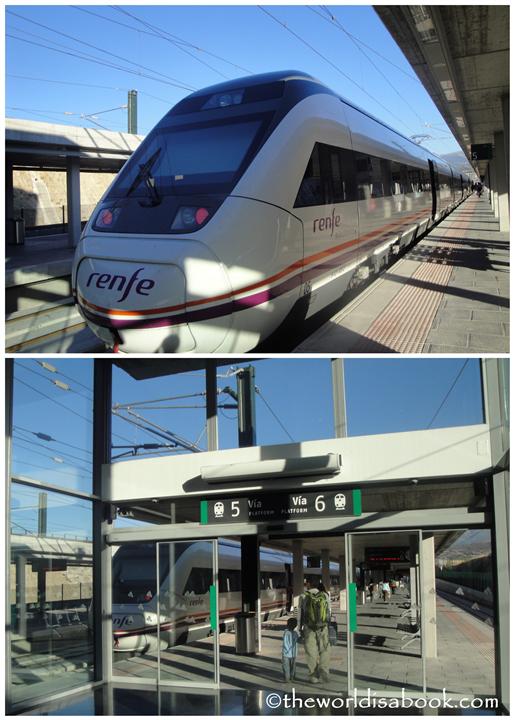
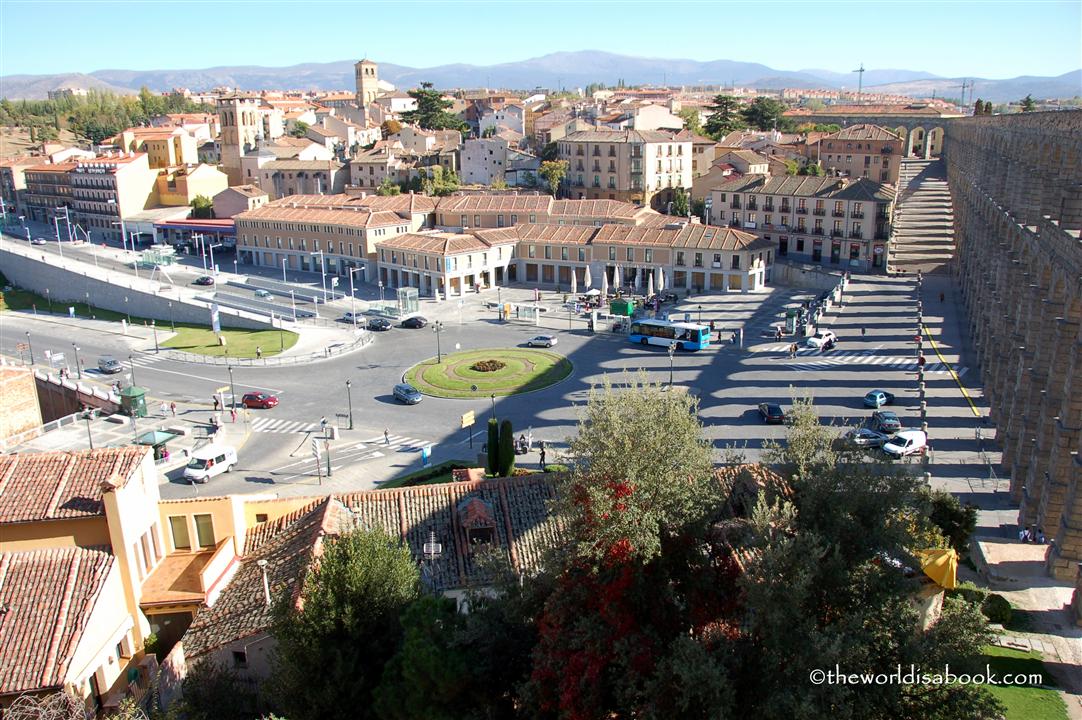
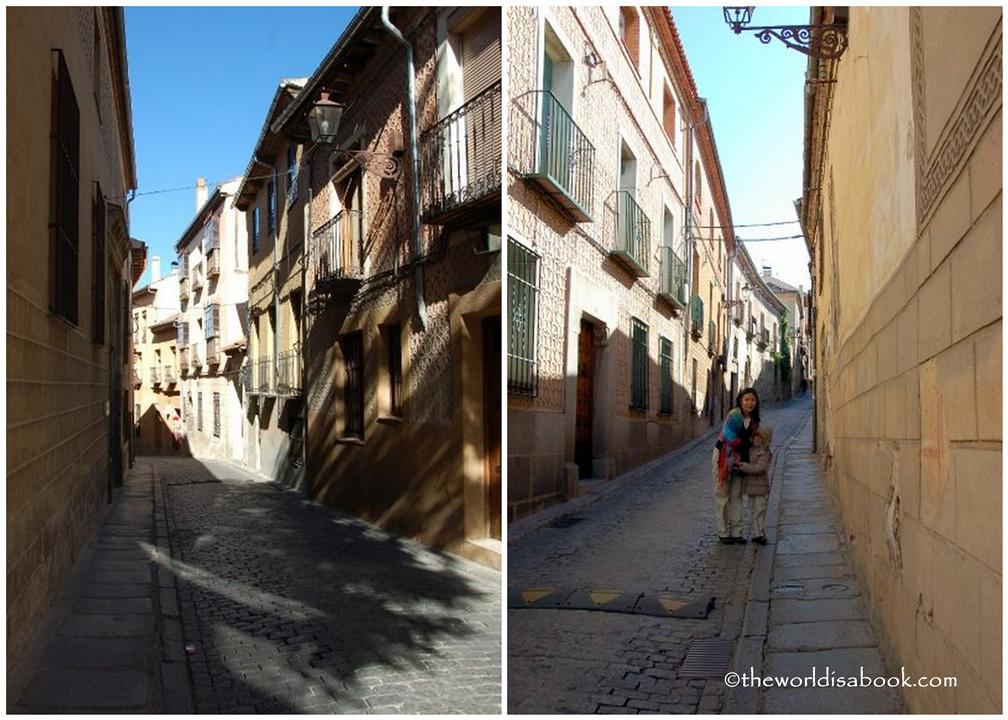
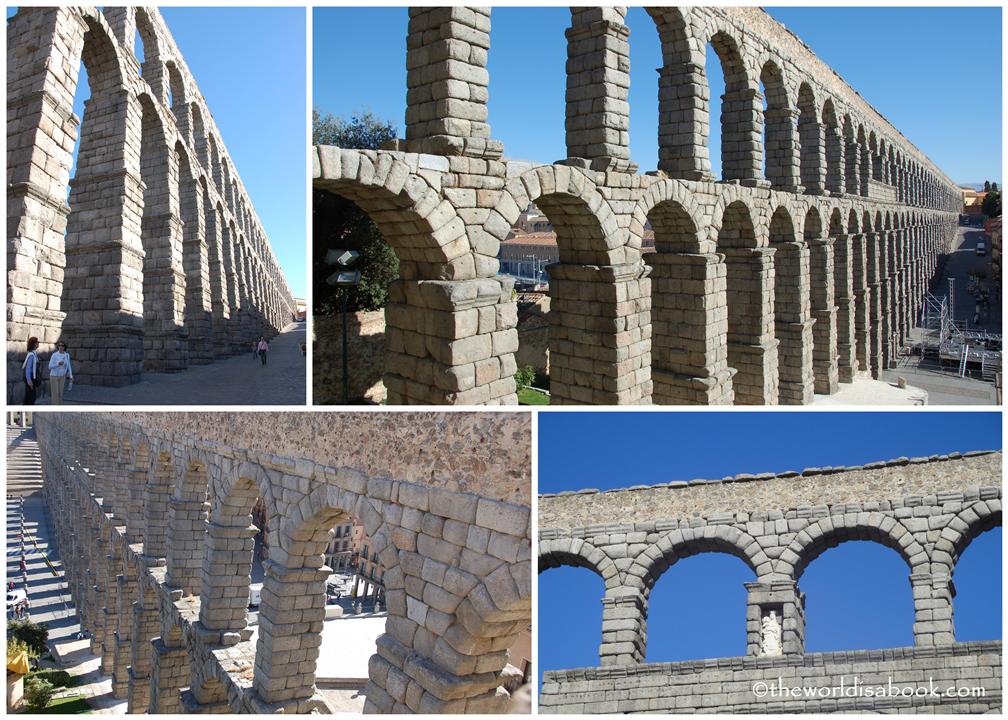
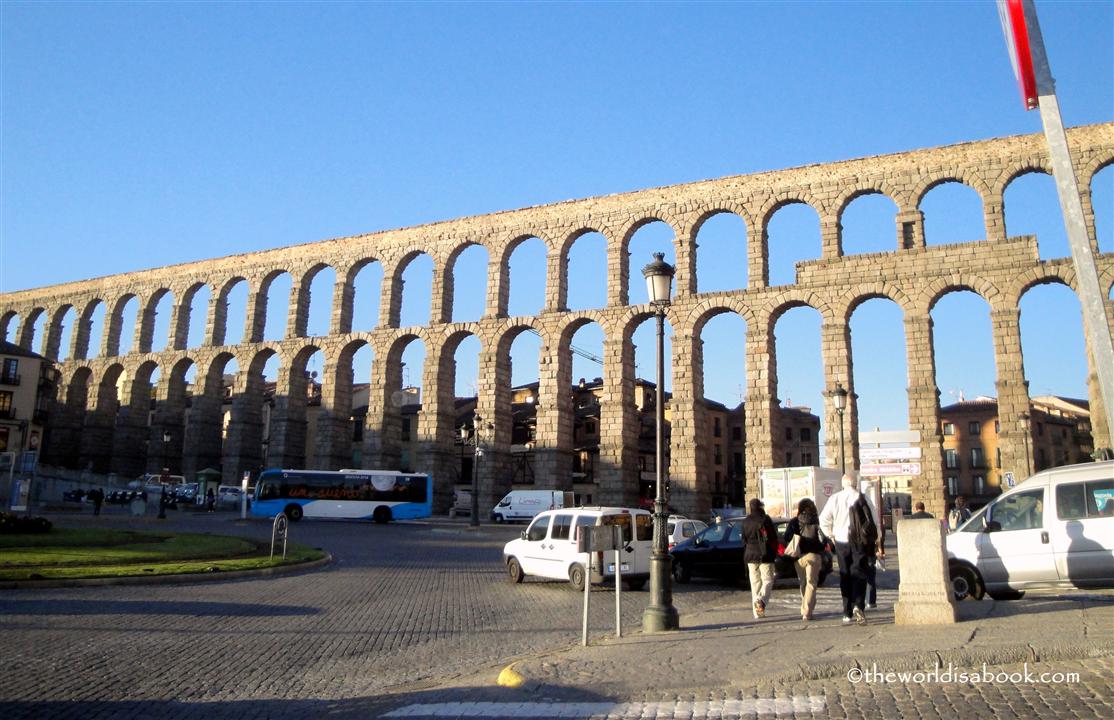
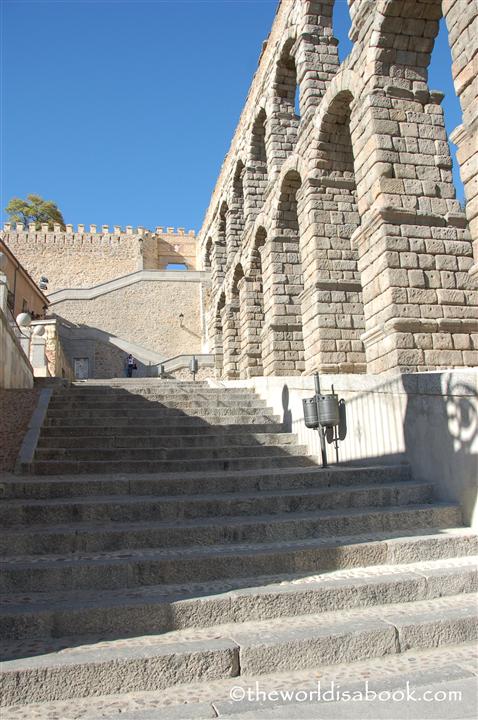

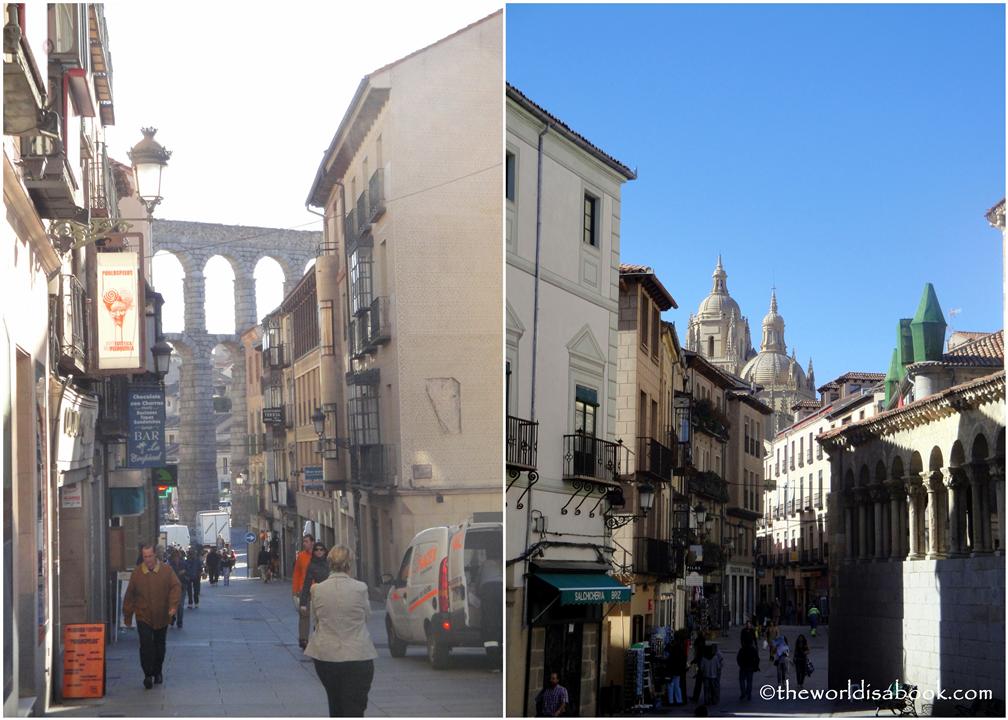


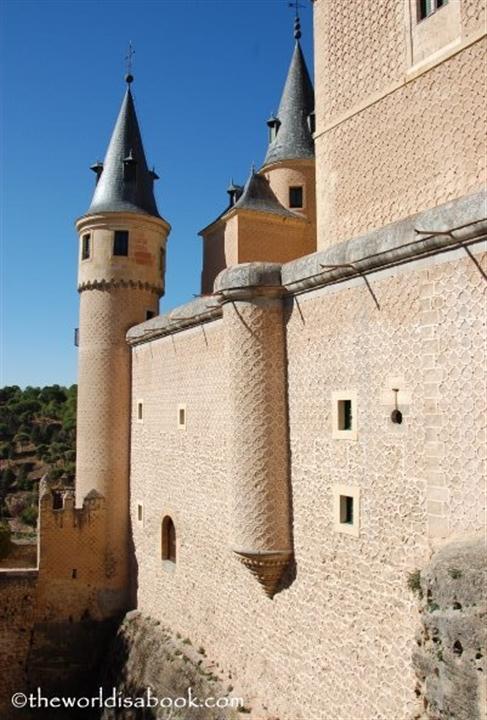
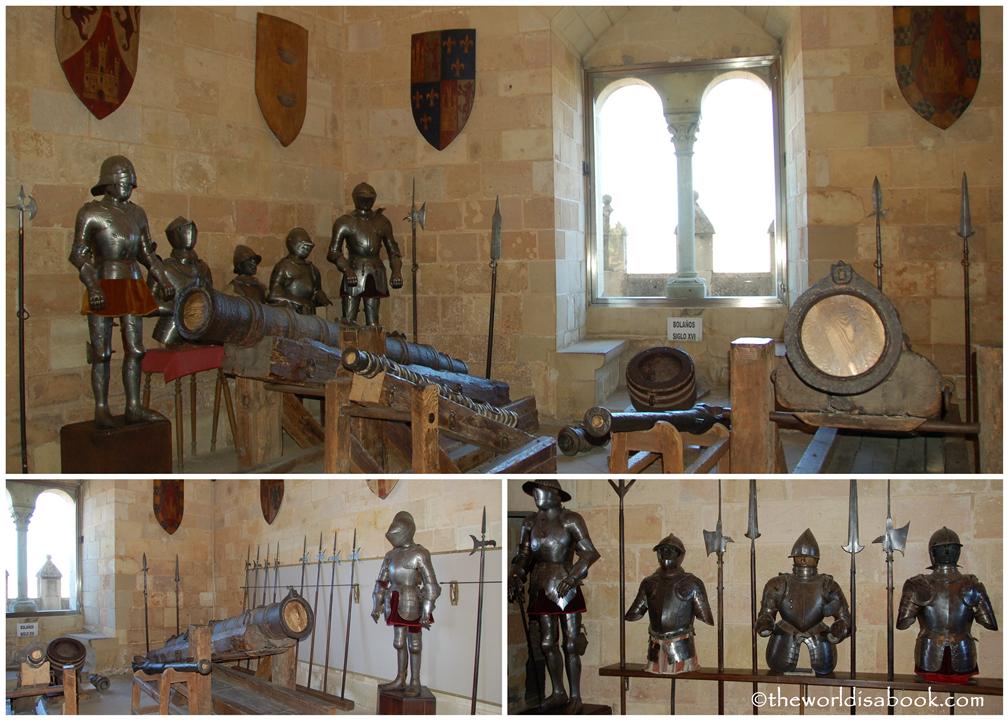
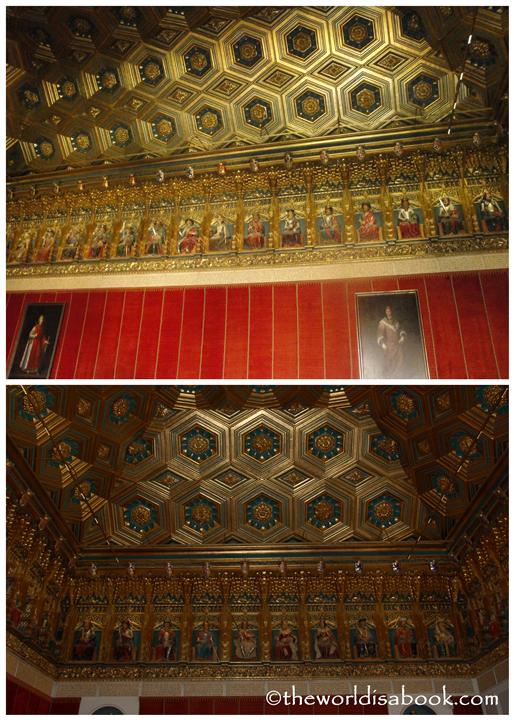
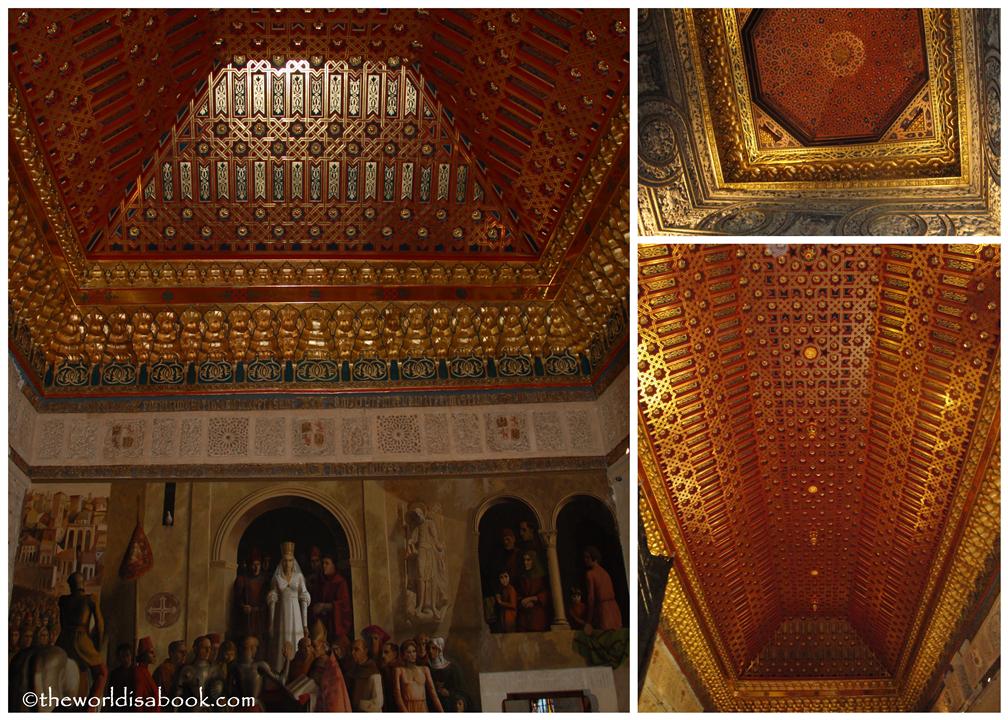
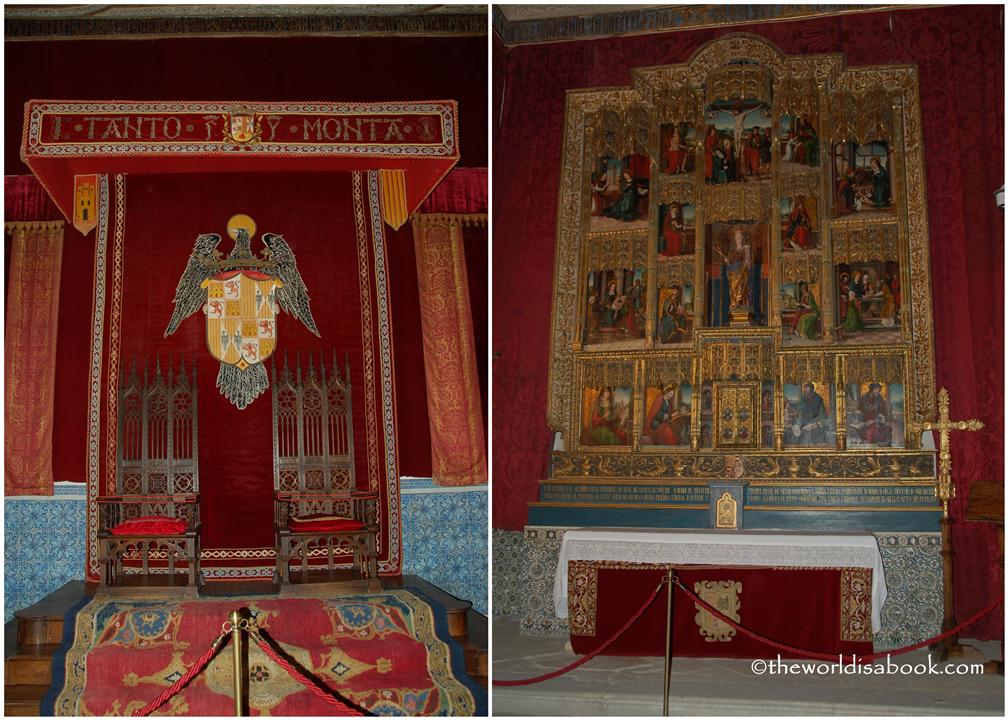
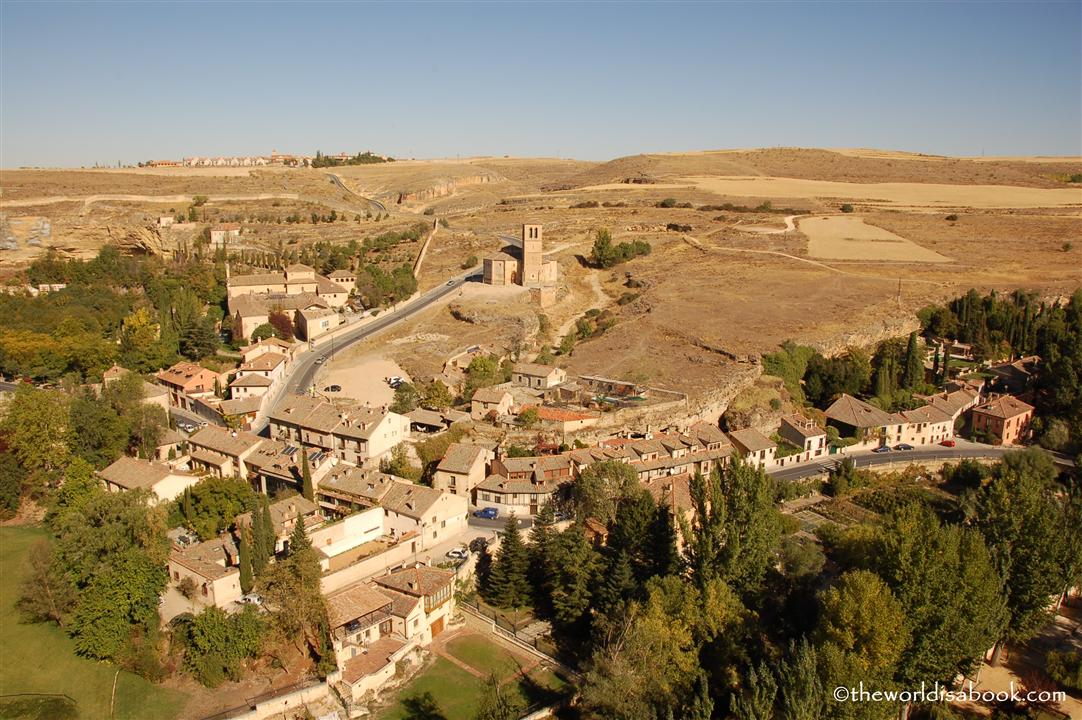

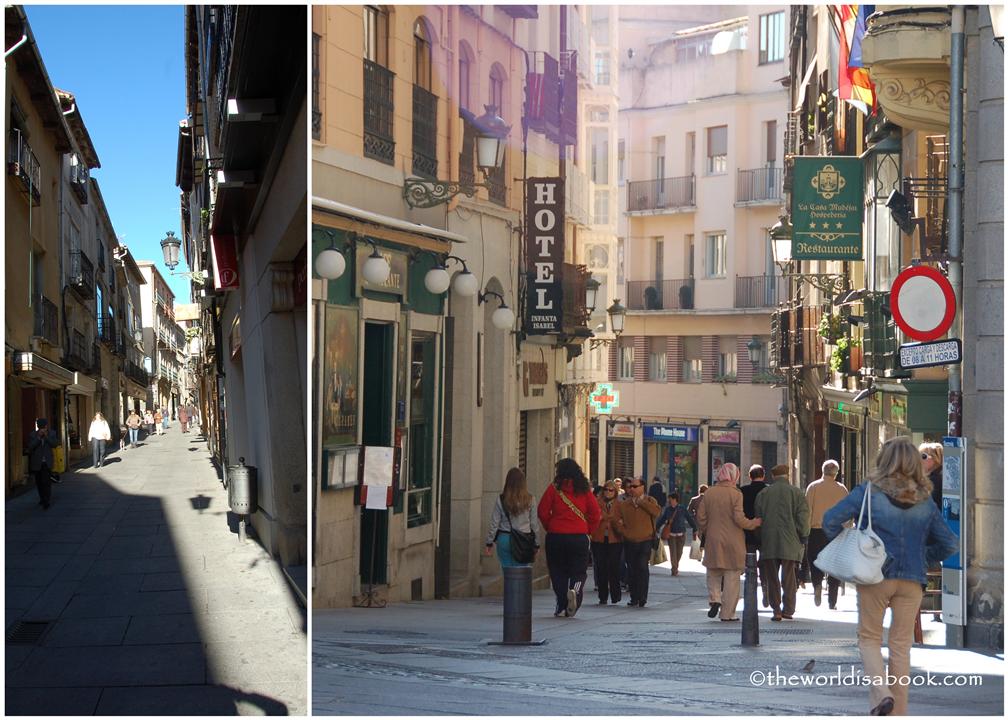
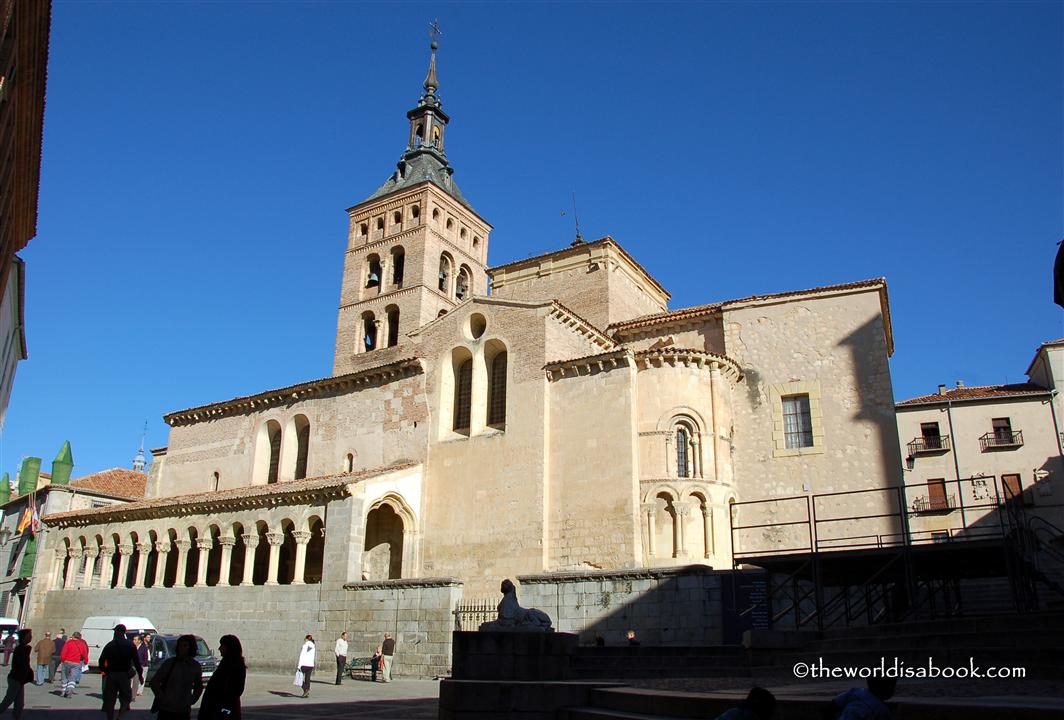

I just love the scenery and the castles and the churches you featured here. Love the narratives too.
I just wished I can have the same opportunity as yours to visit Spain.
Thank you! In time, you’ll get to visit Spain =) Although, I am envious of all your SE Asian trips and all the wonderful temples you’ve visited. Segovia is one of my favorite cities and we’d love to go back.
This was our favorite town that we visited during our two weeks in Spain.